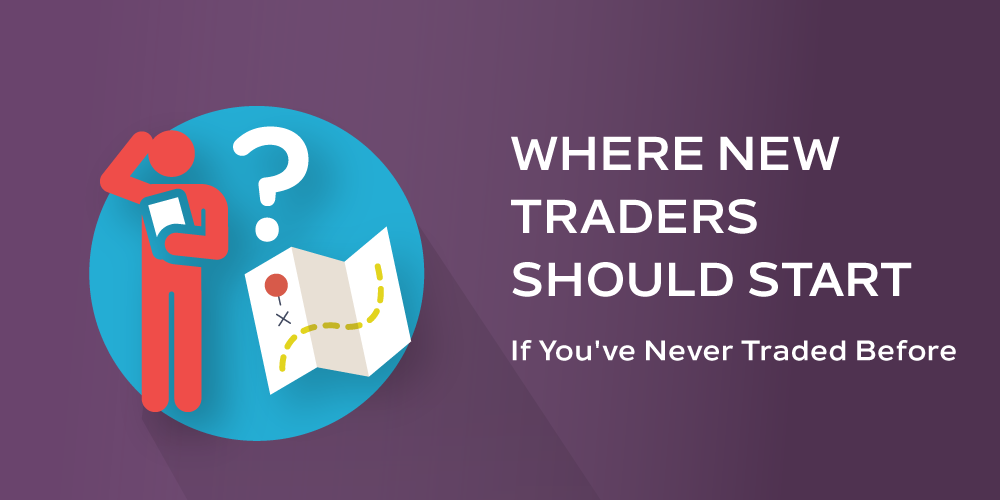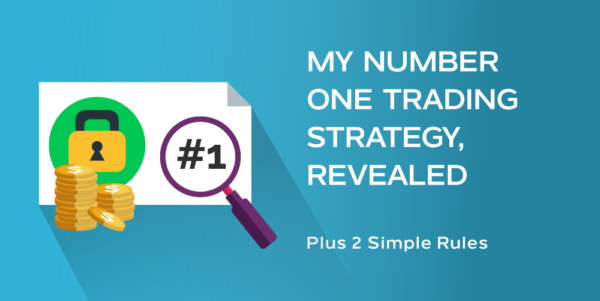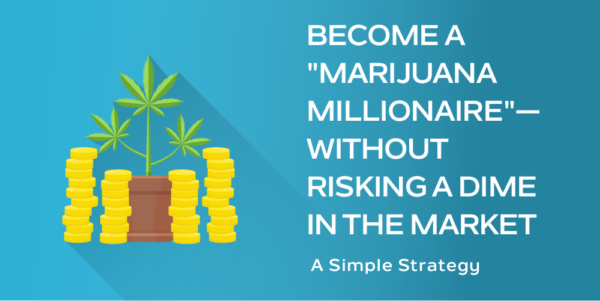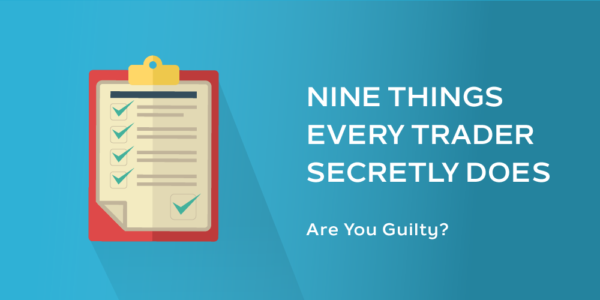
Check out this video by founder and editor, Jeremy Blossom, detailing where to start if you’ve never traded before. The first thing that you need to do (after watching this video) is ask yourself, as a new trader, “Why are you interested in getting into trading in the first place?” Once you have your why, that’s when you can really start to narrow down the best place for you to start…
Watch Now!
Investing Shortcuts – Where New Traders Should Start from Investing Shortcuts on Vimeo.
Check Out the Transcript Below…
Hey everybody, this is Jeremy Blossom, founder of InvestingShortcuts.com and, a frequent question I get is, “If I’ve never traded before, where do I start?” I think that’s a great question. The first thing I tell people is to ask themselves why are they getting involved with trading in the first place.
It’s easier if they know their why and work backwards from there. For example, if you have a $40,000 401(k) that you want just to manage yourself because you don’t trust your financial advisor, you’re really interested and intrigued about the markets, or you think that you know something someone else doesn’t know, then sure that’s a great way to start.
Now, using your 401(k), that’s going to predicate the types of strategies you may or may not be able to use. And that helps you narrow things down. And, most likely your outlook, is going to be much more long-term, depending on how old you are, when trading your 401(k).
From there, you need to set what I call a SMART goal. This also is in the line of thinking where you’re putting the end first. You’re thinking of your end goal and then working backwards. And a smart goal is an acronym I like that stands for specific, measurable, attainable, realistic, and timely. If you’ve been following Investing Shortcuts for a while, you’ve seen me write a few posts on this.
But I think it’s really appropriate for people who are learning how to trade or want to get involved with trading for the first time, is that you need to know what goals you think you can actually achieve. So is it really attainable? Is it realistic? And what kind of time frame are you trying to achieve these goals?
If you’re trying to turn your $40,000 into $60,000 in a year, well, a lot of options and/or trading strategies, not options as the options contract, but just options are going to either work or not be suitable for you. So just buying mutual funds, for example, may not be the best strategy if you’re trying to grow your account by 50% in a year.
You also need to be realistic with the risks that are involved. I think this is a big thing that people overlook when they’re going to start trading. When I was a trader and managing other people’s money, the questions I would like to ask, when it came to their risk tolerance was, if you took $50,000 and burned it in your front yard, how would you feel about it? What kind of effects would that have on your lifestyle? And, if people couldn’t stomach that money burning in their front yard, which is a very over-exaggerated analogy or a concept, but it got them thinking about what it meant to lose money.
I can tell people this, from my own experience and also working with hundreds of other people in the trading industry, there’s nothing worse than losing money except for losing money and not knowing how. There’s just nothing worse than that. So as a new trader you have to anticipate that you’re going to lose money and you’re not going to know why you lost that money in that trade. You just know the market went down, but you don’t know why. Or you went short and the market went up and you didn’t know why. So it’s really important that you understand the risks that are involved before you trade. And, more importantly, what risk levels you can find tolerable before you trade.
So those are some good things, but now, maybe you’ve already done that and you’re actually wanting to start to trade. Well, I would then say there’s one more step before that—which is virtual trading. Yes, if you’ve never traded a contract before, before you start making trades I would start virtual trading on the platform that you’re going to be trading on. The biggest reason for this, honestly, is getting used to the platform.
I’ll never forget some of the very first few trades I’ve ever posted. When I was trading, and the market wasn’t really my direction, I wanted to get out of that position. And I wasn’t quite confident that what I was doing with the application was going to get me out of the trade. Some of you have been trading for a long time probably can remember that same feeling of like, oh my gosh, am I going to get out of this position? I wanna get out of this position right now. And you’re not sure how…
You can alleviate all of that by paper trading because you’re getting used to the platform. Getting into trades is the same way. If you’ve got a strategy that you’re using that is very time-sensitive, getting in and out of these trades with ease is a huge hurdle you need to overcome and virtual trading helps you with that.
The one thing with virtual trading that you need to be careful with is validating your trading strategy. So, I’ve had lots of people come to me and say, Jeremy will you help raise money for me for this trading strategy I have or Jeremy do you know anybody, investors who would want to use this approach that I have to the markets.
And when I would get into the results, I quickly saw that they were great and, I would ask them, is this real money or is this a paper trading account or is this back trading results. And, most of the times, it was either back trading results or it was a paper trading account which is not the real thing because the markets weren’t moving based off the order types that you were placing. So you can get a lot of false confidence in how good of a trader you are, virtual trading. So that’s my big warning there.
And, last but not least, if you’ve never traded before and you’re trying to get in for the first time, I would research what types of information do you think are relevant to trading. For example, are you naturally inclined to gravitate to fundamental information about a stock or futures contract? Or do you believe that all the information is already known by everybody and baked into the price?
Those are two separate camps, if you will, of traders. The first are your fundamental traders. Those are people who look at the book values, look at PE ratios, all that stuff. And then the other camp are your technicians. These are people who are looking at charts and they believe that all of that book value and PE ratios are already baked into the price and everybody knows that. And they look at patterns. They look at trends. Is the market trending up or is it trending down? Is it at support or is it resistance?
So, can you do both? Absolutely, and most people do. I think it’s more for their self-confidence that they’ve looked at every angle before they put their money behind something, but you’re going to see that you’ll gravitate towards one or another. If you don’t know what I’m talking about at all, then you should definitely get some books on Amazon and read about fundamental analysis and technical analysis.
And, if you do, but you’re not sure which one you are, then I would continue to paper trade and find out which information you think makes the most sense for the type of trading you’re doing. There’s so much I can talk about, but this is all the time I have for today. Thank you so much for subscribing and I hope that this shortcut is as valuable to you as it was to me. Have a great day. Thanks so much….










